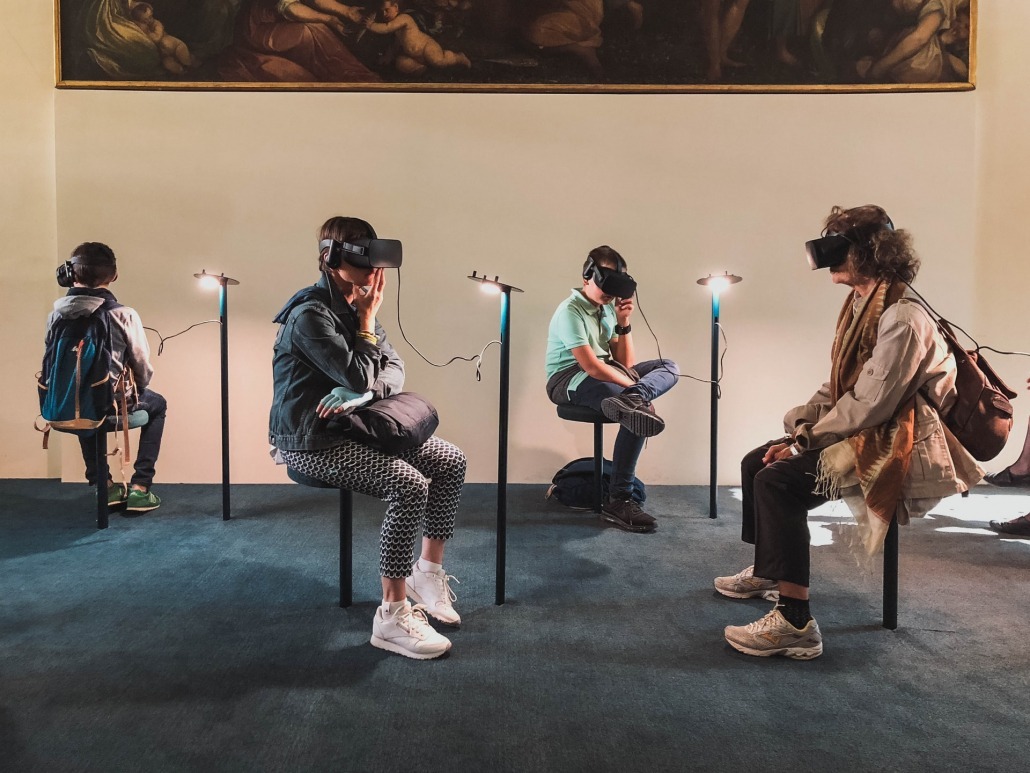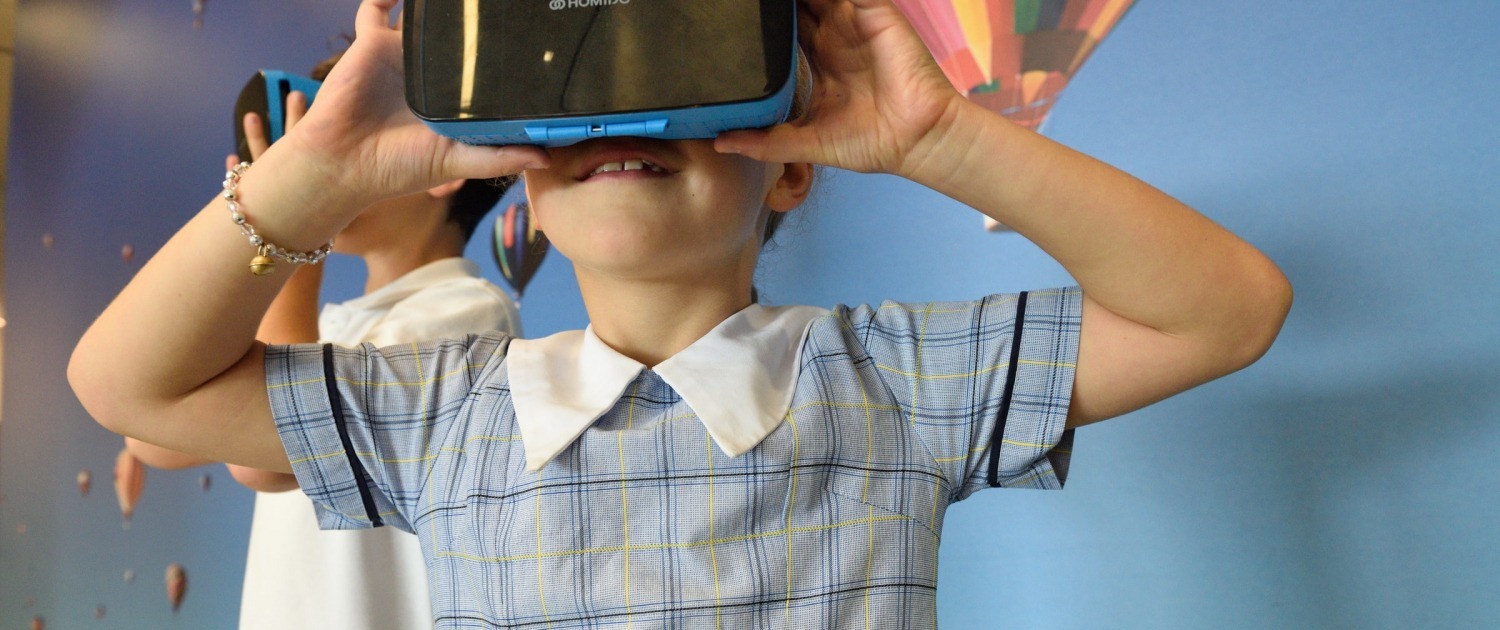Virtual reality has the potential to revolutionize education by providing immersive, hands-on learning experiences that are engaging and effective. VR can transport students to far-off places or simulate real-world scenarios, allowing them to explore, experiment, and make mistakes in a safe and controlled environment.
VR can also be used to create personalized learning experiences, tailoring content and pacing to each individual student’s needs. And because VR is still a relatively new technology, there is a great deal of potential for further innovation in this area.
Virtual reality has the potential to optimize education in a number of ways, and it is important to explore all of these potential applications in order to fully realize the technology’s potential.
What is Virtual Reality?
Virtual reality is a computer-generated environment that allows a user to interact with three-dimensional images. It is often used in video games, simulations, and training programs. Virtual reality can create realistic environments that are not possible to experience in the real world.
Virtual reality technology has come a long way since its inception in the early 1950s. Early virtual reality systems used large, expensive computers to generate crude images. Today, virtual reality is created using powerful graphics processors and software that can create realistic environments.
Virtual reality is a simulated experience that can be similar to or completely different from the real world. Applications of virtual reality include entertainment (e.g. video games) and education (e.g. medical or military training). Other distinct types of VR-style technology include augmented reality and mixed reality.
A person using virtual reality equipment is typically able to “look around” the artificial world, move about in it, and interact with virtual features or items. The effect is commonly created by VR headsets consisting of a head-mounted display with one or two small high-resolution OLED or LCD monitors providing separate images for each eye, stereoscopic headphones delivering sound to each ear, and head motion tracking sensors. Some VR systems also include tactile information, generally known as haptic feedback.
Haptic feedback is the sense of touch that can be simulated in virtual reality. This can be used to create the sensation of being able to touch, feel, and manipulate virtual objects. Most VR systems use some form of haptic feedback, which can be as simple as rumble motors in-game controllers or as complex as full-body suits that provide a variety of sensations.
Potential Applications of VR in Education

Some potential applications of VR in education include:
1. Creating immersive, hands-on learning experiences – VR can transport students to different places or simulate real-world scenarios, allowing them to explore and learn in a safe and controlled environment.
2. Personalized learning experiences – VR can be used to create personalized learning experiences tailored to each individual student’s needs.
3. Evaluation and assessment – Evaluation and assessment are important aspects of education, and VR can be used to facilitate both. VR can be used to assess a student’s understanding of content and their ability to apply it in a real-world context. Additionally, VR can be used to evaluate a student’s progress over time and identify areas where they may need additional support. VR provides a unique opportunity to evaluate students in a way that is both objective and immersive. This can help educators get a better sense of each student’s strengths and weaknesses, and ultimately improve the quality of education.
4. Collaborative learning – Collaborative learning is an important aspect of education, and VR can be used to facilitate it. VR can be used to connect students in different locations, allowing them to work together on tasks and projects. This can help foster a sense of collaboration and teamwork, and ultimately improve the quality of education. Additionally, VR can be used to facilitate communication between students and teachers, which is essential for effective collaboration.
5. Distance learning – Distance learning is an important aspect of education, and VR can be used to facilitate it. VR can be used to connect students with teachers and resources from around the world, making education accessible to everyone. Additionally, VR can be used to create virtual classrooms, where students and teachers can interact in real time. This can help make distance learning more effective and efficient.
Personalized Learning Experiences
VR can be used to create personalized learning experiences in a number of ways, such as by:
1. Allowing students to learn at their own pace – VR can provide a flexible learning environment where students can proceed at their own pace and revisit content as needed.
2. Adapting content to each student’s level – VR can be used to tailor content to match each student’s individual skills and knowledge level.
3. Offering different points of view – VR can offer students different perspectives on concepts, allowing them to gain a deeper understanding of the material.
4. Encouraging active engagement – VR can help keep students engaged and focused on the task at hand.
5. fostering creativity – VR can provide an open-ended learning environment where students can explore and experiment, fostering their creativity.
Potential Benefits of VR in Education
Some potential benefits of using VR in education include:
1. Improved learning outcomes – VR can provide a more immersive and engaging learning experience, leading to improved understanding and retention of information.
2. Increased motivation and engagement – VR can keep students motivated and engaged in the learning process.
3. Greater accessibility – VR can make education accessible to everyone, regardless of location or ability.
4. Enhanced collaborative opportunities – VR can facilitate collaboration between students, teachers, and experts from around the world.
5. Increased efficiency – VR can save time and resources by allowing students to learn in a virtual environment.
Conclusion
As you can see, virtual reality has the potential to optimize education in a number of ways, from personalized learning experiences to increased accessibility and efficiency. VR can help improve learning outcomes and keep students motivated and engaged. Additionally, VR can facilitate collaboration between students, teachers, and experts from around the world. Ultimately, VR has the potential to revolutionize education and provide everyone with access to quality education.

